
The Russian Revolution was a period of political and social change in Russia, starting in 1917. This period saw Russia abolish its monarchy and adopt a socialist form of government following two successive revolutions and a bloody civil war. The Russian Revolution can also be seen as the precursor for the other European revolutions that occurred during or in the aftermath of World War I, such as the German Revolution of 1918–1919.

The Russian Civil War was a multi-party civil war in the former Russian Empire sparked by the overthrowing of the social-democratic Russian Provisional Government in the October Revolution, as many factions vied to determine Russia's political future. It resulted in the formation of the Russian Socialist Federative Soviet Republic and later the Soviet Union in most of its territory. Its finale marked the end of the Russian Revolution, which was one of the key events of the 20th century.
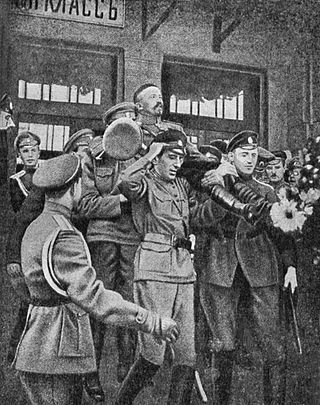
The Kornilov affair, or the Kornilov putsch, was an attempted military coup d'état by the commander-in-chief of the Russian Army, General Lavr Kornilov, from 10 to 13 September 1917, against the Russian Provisional Government headed by Aleksander Kerensky and the Petrograd Soviet of Soldiers' and Workers' Deputies. The exact details and motivations of the Kornilov affair are unconfirmed due to the general confusion of all parties involved. Many historians have had to piece together varied historical accounts as a result.

Alexander Ilyich Yegorov or Egorov was a Soviet military leader and one of the original five Marshals of the Soviet Union.

The Red Terror was a campaign of political repression and executions in Soviet Russia in other territories controlled by and carried out by the Bolsheviks, chiefly through the Cheka, the Bolshevik secret police. It officially started in early September 1918 and lasted until the end of 1922, when Soviet Union was formed. Arising after assassination attempts on Vladimir Lenin along with the successful assassinations of Petrograd Cheka leader Moisei Uritsky and party editor V. Volodarsky in alleged retaliation for Bolshevik mass repressions, the Red Terror was modeled on the Reign of Terror of the French Revolution, and sought to eliminate political dissent, opposition, and any other threat to Bolshevik power.
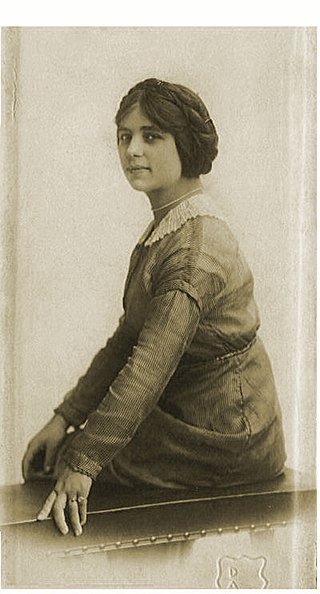
Fanya Anisimovna Baron was a Russian Jewish anarchist revolutionary. She spent her early life participating in the Chicago workers' movement, but following the Russian Revolution in 1917, she moved to Ukraine and participated in the Makhnovist movement. For her anarchist activities, she was arrested and executed by the Cheka.
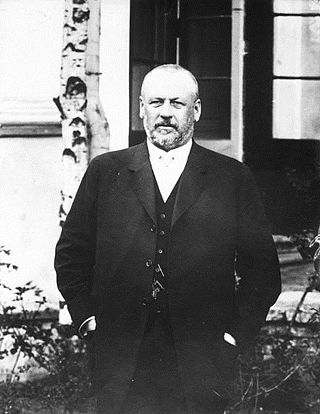
Mikhail Vladimirovich Rodzianko was a Russian statesman of Ukrainian origin. Known for his colorful language and conservative politics, he was the State Councillor and chamberlain of the Imperial family, Chairman of the State Duma and one of the leaders of the February Revolution of 1917, during which he headed the Provisional Committee of the State Duma. He was a key figure in the events that led to the abdication of Nicholas II of Russia on 15 March 1917.

Orlando Guy Figes is a British historian and writer. He was Professor of History at Birkbeck College, University of London, where he was made Emeritus Professor on his retirement in 2022.
Throughout the history of the Soviet Union, tens of millions of people suffered political repression, which was an instrument of the state since the October Revolution. It culminated during the Stalin era, then declined, but it continued to exist during the "Khrushchev Thaw", followed by increased persecution of Soviet dissidents during the Brezhnev era, and it did not cease to exist until late in Mikhail Gorbachev's rule when it was ended in keeping with his policies of glasnost and perestroika.
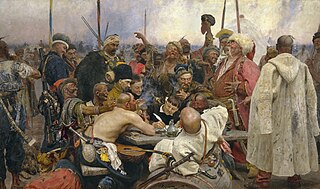
A stanitsa or stanytsia was a historical administrative unit of a Cossack host, a type of Cossack polity that existed in the Russian Empire.

A People's Tragedy: The Russian Revolution, 1891–1924 is a best-selling book by the British historian Orlando Figes on the Russian Revolution and the preceding quarter of a century. Written between 1989 and 1996, it was published in 1996 and re-issued with a new introduction for the revolution's centenary in 2017.

The history of Soviet Russia and the Soviet Union (USSR) reflects a period of change for both Russia and the world. Though the terms "Soviet Russia" and "Soviet Union" often are synonymous in everyday speech, when referring to the foundations of the Soviet Union, "Soviet Russia" often specifically refers to brief period between the October Revolution of 1917 and the creation of the Soviet Union in 1922.
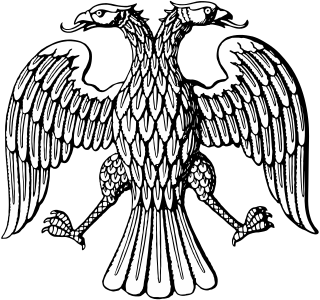
The All Russian Constituent Assembly was a constituent assembly convened in Russia after the February Revolution of 1917. It met for 13 hours, from 4 p.m. to 5 a.m., 18–19 January [O.S. 5–6 January] 1918, whereupon it was dissolved by the Bolshevik-led All-Russian Central Executive Committee, proclaiming the Third All-Russian Congress of Soviets the new governing body of Russia.

The Battle of Tsaritsyn was a military confrontation between the Red Army and the White Army during the Russian Civil War for control of Tsaritsyn, a significant city and port on the Volga River in southwestern Russia.
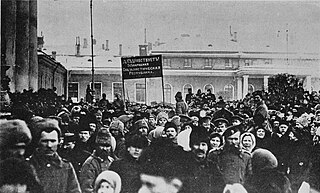
The February Revolution, known in Soviet historiography as the February Bourgeois Democratic Revolution and sometimes as the March Revolution, was the first of two revolutions which took place in Russia in 1917.
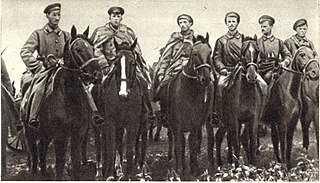
The Donbas-Don operation was a military campaign of the Russian Civil War that lasted from January to February 1918, by forces of the Southern Revolutionary Front under the command of Vladimir Antonov-Ovseyenko, against the Cossack troops of Alexey Kaledin and Volunteer detachments on the territory of the Donbas and the Don Cossack region. It was the decisive operation in the complete conquest of Russia by the Bolsheviks following the October Revolution.

An agit-train was a locomotive engine with special auxiliary cars outfitted for propaganda purposes by the Bolshevik government of Soviet Russia during the time of the Russian Civil War, War Communism, and the New Economic Policy. Brightly painted and carrying on board a printing press, government complaint office, printed political leaflets and pamphlets, library books, and a mobile movie theater, agit-trains traveled the rails of Russia, Siberia, and Ukraine in an attempt to introduce the values and program of the new revolutionary government to a scattered and isolated peasantry.
This is a select bibliography of post-World War II English language books and journal articles about the Revolutionary and Civil War era of Russian (Soviet) history. The sections "General surveys" and "Biographies" contain books; other sections contain both books and journal articles. Book entries may have references to reviews published in English language academic journals or major newspapers when these could be considered helpful. Additional bibliographies can be found in many of the book-length works listed below; see Further reading for several book and chapter length bibliographies. The External links section contains entries for publicly available select bibliographies from universities.
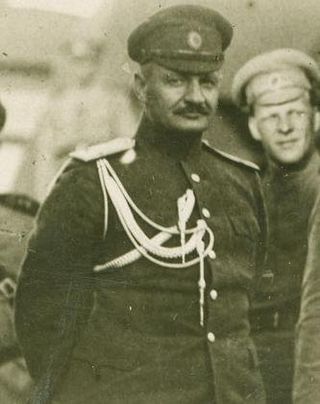
Ivan Pavlovich Romanovsky was a general in the Imperial Russian Army and one of the leaders of the counterrevolutionary White movement during the Russian Civil War. Romanovsky served as chief of staff of the Volunteer Army and later the Armed Forces of South Russia.
This is a select bibliography of post-World War II English language books and journal articles about the Russia during the First World War, the period leading up to the war, and the immediate aftermath. For works on the Russian Revolution, please see Bibliography of the Russian Revolution and Civil War. Book entries may have references to reviews published in English language academic journals or major newspapers when these could be considered helpful.

















